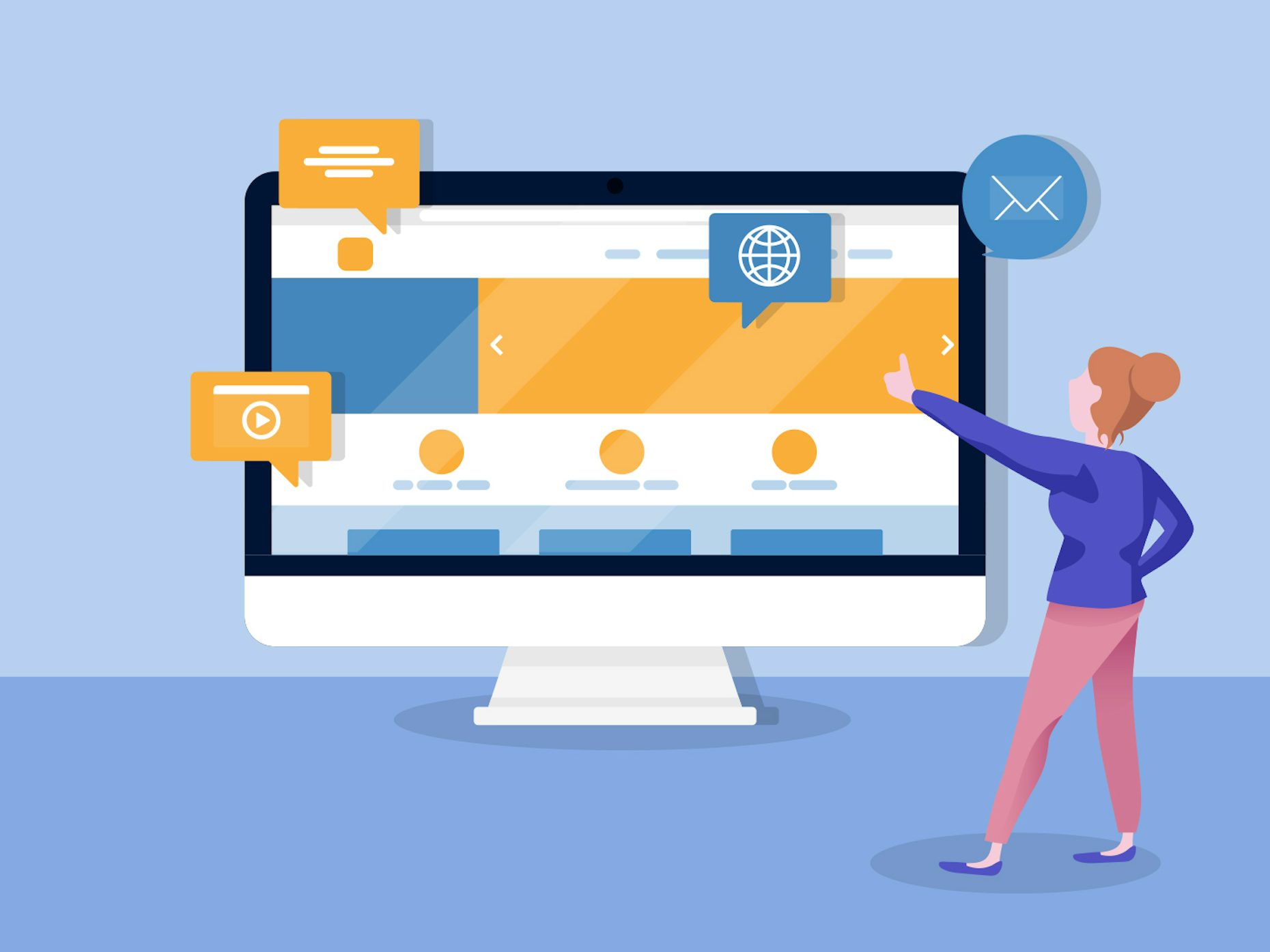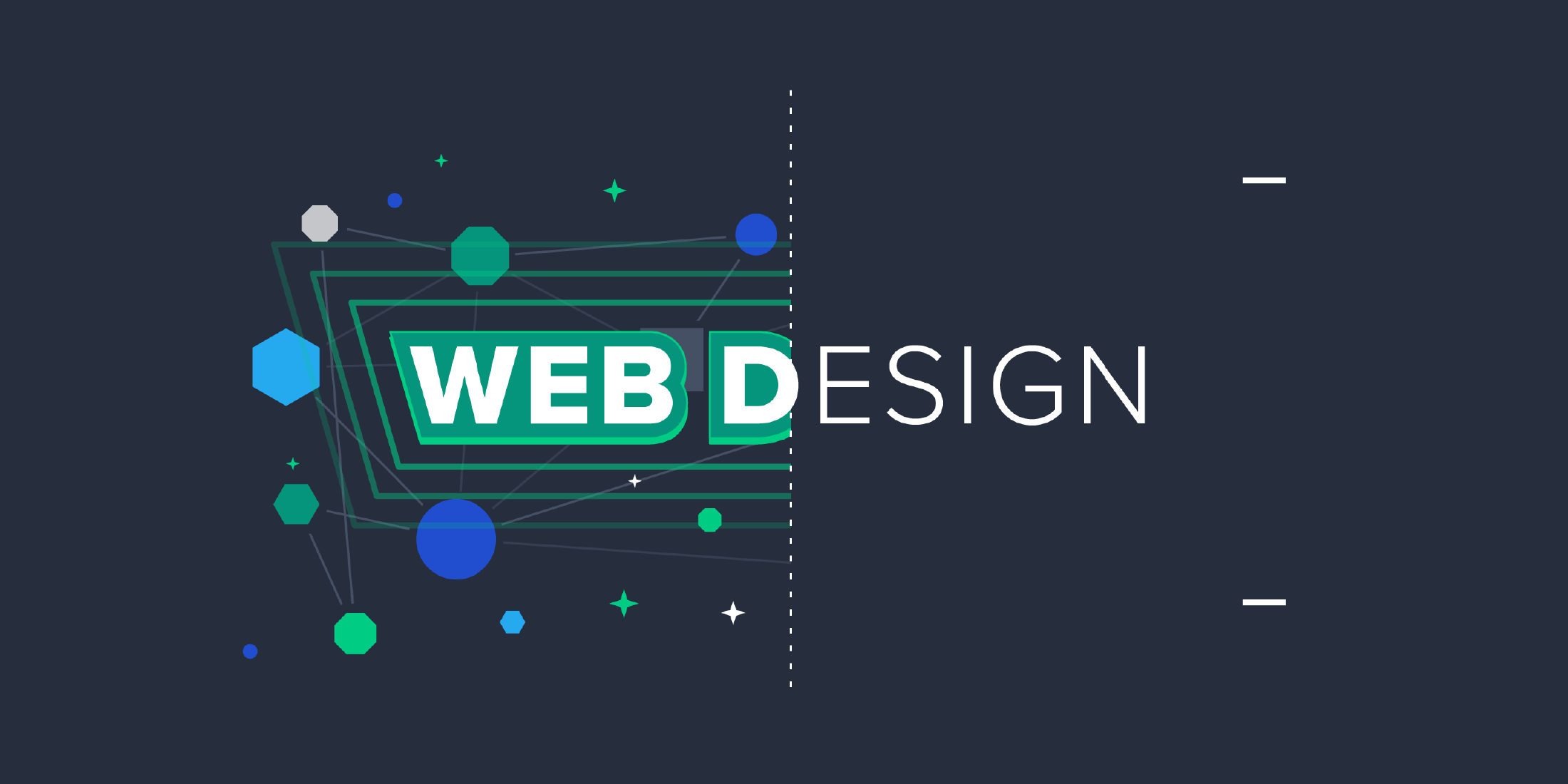All Categories
Featured
Table of Contents
- – Web Design - The First 100 Years - Idle Words ...
- – 10 Good Deeds In Web Design - Nielsen Norman ...
- – Powderkeg: Web Design Madison, Wi Tips and Tr...
- – Custom Web Design, Development & Digital Mark...
- – 10 Principles Of Good Web Design - Smashing M...
- – What Can I Do With A Web Design And Developme...
- – Trajectory: Atlanta Web Design Company Tips ...
- – Penner Home - Durham Web Design - Penner Web...
- – Why Good Web Design Is Important, And Why Yo...
- – Web Design & Seo By Acs - Syracuse Web Desig...
- – Why Is Web Design Important? - 6 Reasons To ...
Web Design - The First 100 Years - Idle Words Tips and Tricks:
Quick summary Use and the energy, not the visual style, determine the success or failure of a site. Because the visitor of the page is the only individual who clicks the mouse and for that reason decides whatever, user-centric design has developed as a basic technique for successful and profit-oriented website design - web design frederick md.
and the energy, not the visual style, determine the success or failure of a website. Given that the visitor of the page is the only individual who clicks the mouse and for that reason decides everything, user-centric style has ended up being a standard approach for effective and profit-oriented web style. If users can't utilize a feature, it may as well not exist.
g. where the search box must be put) as it has already been performed in a variety of short articles; rather we concentrate on the methods which, used properly, can lead to more advanced style decisions and simplify the process of perceiving presented info. Please observe that you might be interested in the usability-related articles we've published before: Principles Of Excellent Site Style And Reliable Web Style Guidelines, In order to use the concepts correctly we initially need to understand how users interact with sites, how they think and what are the basic patterns of users' behavior.
10 Good Deeds In Web Design - Nielsen Norman Group Tips and Tricks:
Visitors glimpse at each brand-new page, scan some of the text, and click the first link that captures their interest or slightly looks like the important things they're searching for. There are big parts of the page they don't even look at. The majority of users browse for something fascinating (or useful) and clickable; as quickly as some promising prospects are found, users click.
If a page provides users with premium content, they are ready to compromise the material with advertisements and the style of the site. This is the reason not-that-well-designed websites with premium material get a great deal of traffic over years. Content is more crucial than the design which supports it.

Extremely easy principle: If a site isn't able to fulfill users' expectations, then designer stopped working to get his job done appropriately and the business loses money. The higher is the cognitive load and the less instinctive is the navigation, the more ready are users to leave the website and search for options.
Powderkeg: Web Design Madison, Wi Tips and Tricks:
Neither do they scan webpage in a linear style, going sequentially from one site area to another one. Instead users satisfice; they choose the very first reasonable option. As soon as they find a link that seems like it might lead to the goal, there is a great possibility that it will be right away clicked.
It does not matter to us if we understand how things work, as long as we can use them. If your audience is going to imitate you're creating signboard, then style terrific billboards." Users wish to be able to manage their internet browser and depend on the consistent data discussion throughout the site.
If the navigation and site architecture aren't intuitive, the number of enigma grows and makes it harder for users to understand how the system works and how to obtain from point A to point B. A clear structure, moderate visual ideas and easily recognizable links can help users to find their path to their goal.
Custom Web Design, Development & Digital Marketing ... Tips and Tricks:

claims to be "beyond channels, beyond items, beyond circulation". What does it suggest? Because users tend to check out websites according to the "F"-pattern, these 3 declarations would be the first aspects users will see on the page once it is loaded. The style itself is basic and user-friendly, to understand what the page is about the user needs to search for the answer.
Once you've attained this, you can interact why the system is helpful and how users can benefit from it. Don't Squander Users' Perseverance, In every job when you are going to provide your visitors some service or tool, attempt to keep your user requirements very little.
Novice visitors want to, not filling long web kinds for an account they might never utilize in the future. Let users check out the website and discover your services without forcing them into sharing private data. It's not reasonable to force users to get in an e-mail address to evaluate the function.
10 Principles Of Good Web Design - Smashing Magazine Tips and Tricks:
And that's what you want your users to feel on your web site. The registration can be done in less than 30 seconds as the form has horizontal orientation, the user doesn't even need to scroll the page.
A user registration alone is enough of an obstacle to user navigation to cut down on inbound traffic. Manage To Focus Users' Attention, As websites offer both fixed and vibrant content, some elements of the user interface draw in attention more than others do.
Focusing users' attention to specific areas of the site with a moderate use of visual aspects can assist your visitors to receive from point A to point B without thinking about how it really is expected to be done. The less enigma visitors have, the they have and the more trust they can establish towards the company the site represents.
What Can I Do With A Web Design And Development Degree? Tips and Tricks:
4. Pursue Feature Direct exposure, Modern web styles are normally criticized due to their technique of guiding users with visually appealing 1-2-3-done-steps, big buttons with visual results and so on. But from the design viewpoint these components in fact aren't a bad thing. On the contrary, such as they lead the visitors through the website material in a very simple and user-friendly method.
The site has 9 primary navigation choices which are noticeable at the very first glance. What matters is that the content is well-understood and visitors feel comfy with the way they connect with the system.
Rather a cost: just what visitors are looking for. An ideal option for effective writing is touse brief and succinct expressions (come to the point as rapidly as possible), usage scannable layout (classify the material, use multiple heading levels, use visual components and bulleted lists which break the flow of consistent text blocks), use plain and unbiased language (a promotion doesn't need to sound like ad; offer your users some sensible and unbiased reason why they must use your service or stay on your website)6.
Trajectory: Atlanta Web Design Company Tips and Tricks:
Users are seldom on a site to take pleasure in the design; additionally, for the most part they are looking for the details regardless of the style - web design frederick md. Make every effort for simplicity rather of complexity. From the visitors' point of view, the finest site design is a pure text, without any ads or further content obstructs matching precisely the query visitors utilized or the content they've been looking for.
Finch clearly provides the details about the website and gives visitors a choice of alternatives without overcrowding them with unneeded content. Not only does it assist to for the visitors, but it makes it possible to perceive the details provided on the screen.
Complex structures are harder to check out, scan, analyze and deal with. If you have the choice in between separating two design sectors by a noticeable line or by some whitespace, it's typically better to utilize the whitespace solution. (Simon's Law): the better you manage to provide users with a sense of visual hierarchy, the simpler your material will be to perceive.
Penner Home - Durham Web Design - Penner Web Design ... Tips and Tricks:
The exact same conventions and rules need to be used to all elements.: do the most with the least quantity of cues and visual aspects. Clarity: all parts should be created so their meaning is not unclear.
Conventions Are Our Friends, Conventional style of site elements does not result in an uninteresting web website. It would be an use problem if all sites had various visual discussion of RSS-feeds.
understand what they're expecting from a website navigation, text structure, search positioning etc. A typical example from use sessions is to equate the page in Japanese (presuming your web users do not know Japanese, e. g. with Babelfish) and provide your functionality testers with a task to find something in the page of different language.
Why Good Web Design Is Important, And Why You Need It Tips and Tricks:
Steve Krug suggests that it's better to, however make the most of conventions when you don't. 10. Test Early, Test Often, This so-called TETO-principle ought to be used to every web design job as functionality tests typically supply into significant problems and concerns related to a given design. Test not far too late, not insufficient and not for the incorrect reasons.
Some essential points to bear in mind: according to Steve Krug, and screening one user early in the project is better than testing 50 near the end. Accoring to Boehm's first law, mistakes are most frequent during requirements and design activities and are the more expensive the later they are gotten rid of.
That indicates that you design something, test it, fix it and then test it once again. There may be issues which haven't been discovered during the first round as users were virtually blocked by other issues.
Web Design & Seo By Acs - Syracuse Web Design - Google ... Tips and Tricks:

This holds for designers. After you have actually worked on a website for few weeks, you can't observe it from a fresh perspective any longer. You know how it is built and for that reason you understand precisely how it works you have the wisdom independent testers and visitors of your website wouldn't have.
It can be linked to other locations such as graphic style, user experience, and multimedia arts, but is more aptly seen from a technological standpoint. It has become a big part of people's daily lives. It is difficult to think of the Internet without animated graphics, different designs of typography, background, videos and music.

During 1991 to 1993 the World Wide Web was born. Text-only pages might be seen using a basic line-mode browser. In 1993 Marc Andreessen and Eric Bina, developed the Mosaic browser. At the time there were multiple browsers, nevertheless the majority of them were Unix-based and naturally text heavy. There had been no integrated approach to graphic design elements such as images or noises.
Why Is Web Design Important? - 6 Reasons To Invest In Site ... Tips and Tricks:
The W3C was created in October 1994 to "lead the Internet to its full potential by developing common procedures that promote its evolution and ensure its interoperability." This discouraged any one business from monopolizing a propriety browser and shows language, which could have modified the effect of the Internet as a whole.
As this has taken place the innovation of the web has actually likewise moved on. There have also been considerable changes in the way individuals utilize and access the web, and this has actually altered how websites are developed.
Learn more about Lovell Media Group LLC or TrainACETable of Contents
- – Web Design - The First 100 Years - Idle Words ...
- – 10 Good Deeds In Web Design - Nielsen Norman ...
- – Powderkeg: Web Design Madison, Wi Tips and Tr...
- – Custom Web Design, Development & Digital Mark...
- – 10 Principles Of Good Web Design - Smashing M...
- – What Can I Do With A Web Design And Developme...
- – Trajectory: Atlanta Web Design Company Tips ...
- – Penner Home - Durham Web Design - Penner Web...
- – Why Good Web Design Is Important, And Why Yo...
- – Web Design & Seo By Acs - Syracuse Web Desig...
- – Why Is Web Design Important? - 6 Reasons To ...
Latest Posts
Web Design Vs. Web Development - Upwork Tips and Tricks:
Web Design And Engineering Major - Santa Clara University Tips and Tricks:
Web Design - The First 100 Years - Idle Words Tips and Tricks:
More
Latest Posts
Web Design Vs. Web Development - Upwork Tips and Tricks:
Web Design And Engineering Major - Santa Clara University Tips and Tricks:
Web Design - The First 100 Years - Idle Words Tips and Tricks: